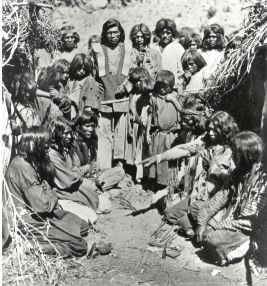
Almost twelve thousand years ago, the first peoples to inhabit what is now known as Zion Canyon tracked mammoths, Shasta ground sloths, and camels across Southern Utah. Four thousand years later, due in part to both climate change and overhunting, these animals became harder to find. The early inhabitants of Zion Canyon turned to mid-sized animals and edible plants as their main sources of food. Seven thousand years later, farming and agriculture had become the normal source of food for people in the region. The geology of the canyon provided farmers with a rare combination in the desert – a wide and level place to grow crops, a river to water them, and growing season that was long enough to sustain them. The elevation of the canyon, ranging from about 3,700 to 8,700 feet, was ideal not only for growing crops, but also for maintaining a diverse ecosystem of plants and animals from juniper and cottonwood trees to mule deer, whiptail lizards, and big horn sheep.
The late 1700s saw initial exploration of the area by European American fur trappers and government surveyors. In 1872, John Welsey Powell travelled through the area on the first scientific exploration of southern Utah. Around the same time, pioneers sent by Brigham Young from the Church of Jesus Christ of Latter-Day Saints began settling the area. The first homestead was constructed in 1863 by Issac Behunin near the present-day location of the Zion Lodge. Unfortunately, due to flash flooding and crop-burning drought, the canyon proved to be a risky venture for the settlers, and they soon abandoned the area for more favorable locations.
However, the beauty and majesty of the place had not been lost on the explorers and in 1909, the canyon was designated as Mukuntuweap National Monument by President William Howard Taft under the authority granted by the 1906 Antiquities Act. The next decade saw an increase in roads and infrastructure in and around the canyon. The area was then designated as Zion National Park by Congress on November 19, 1919.
Visitor numbers at Zion National Park have continued to increase over time, necessitating the construction of trails, campgrounds, and other facilities. The economic benefits of tourism now support the small communities surrounding the park, ensuring their survival into a new millennium of human history.
Explore the vast histories of the peoples of this place. 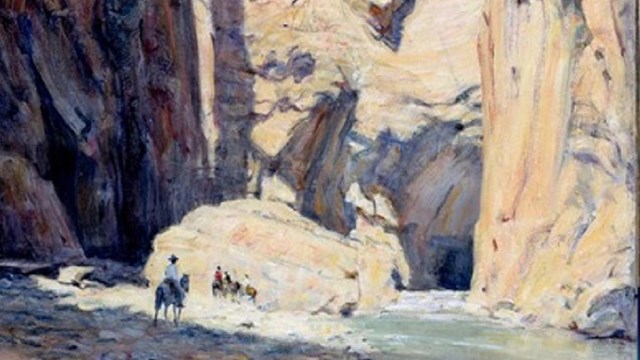
Artists of Zion
Be inspired by the artists who captured the beauty of Zion through their work. 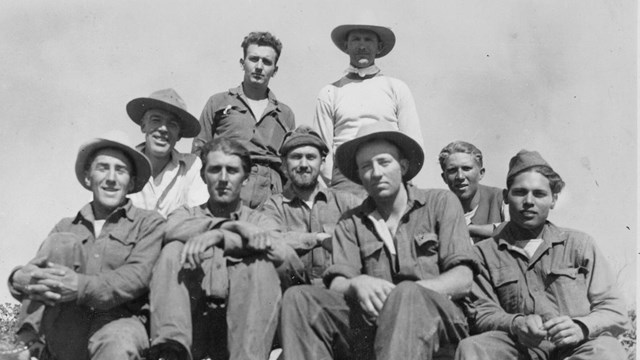
Civilian Conservation Corps
Build up interest in the effects the CCC had on the infrastructure of Zion. 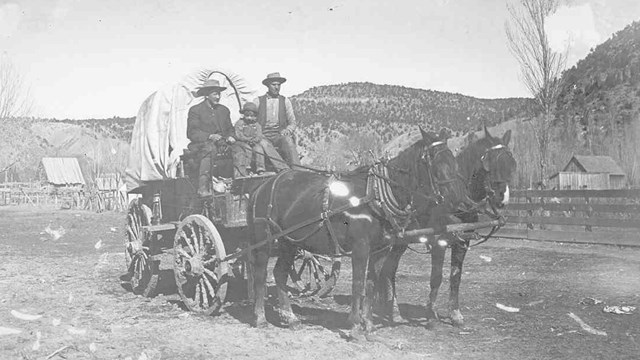
Early European Americans in Zion
Find out more about the people who came to the canyon in the 18th and 19th centuries. 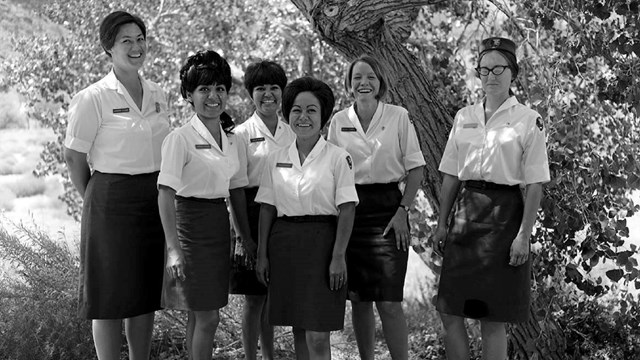
Women in Zion
Discover the long history of women living, exploring, and working in Zion. |
Last updated: November 7, 2022
